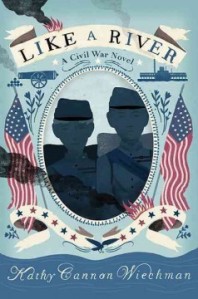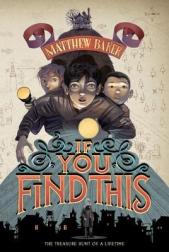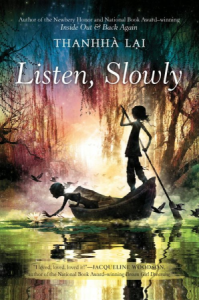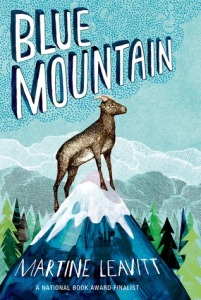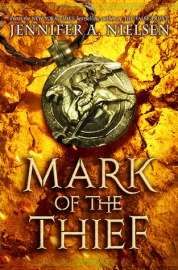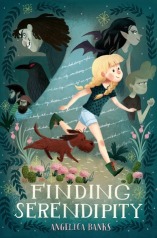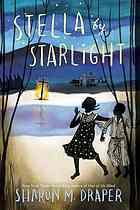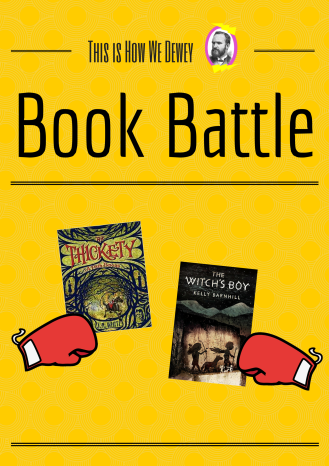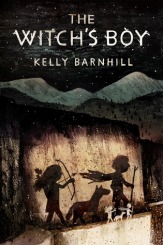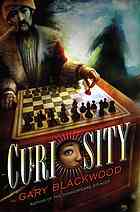Leander and Paul are two young soldiers fighting in the Civil War. They join the army for different reasons, but when they cross paths in a Union hospital, they become fast friends. Both boys must make a difficult decisions. Leander must decide where he will go next, and Paul must decide whether or not to keep his secret and continue to fight for the Union Army. Along the way both boys wonder if they will ever see each other again.
This book details to story of two young Union Soldiers during the Civil War. The first part of the book is Leander’s story. Leander is the typical immature youth who wants to grow up too fast. The author was successful in showing the reader his immaturity and selfishness. We also get a sense of his jealousy towards his brother. Paul’s character is strong-willed and hardworking. He has a strong desire to help those around him. He is one of the better written characters in the book, because the author developed his character more so than the others in the book.
One of the supporting characters, Given, was very disappointing. The author did not give much depth to Given’s character. In the story, Given goes out of his way to help those who are weaker than him, almost to an extreme degree. Unfortunately, the author never explains or show why he does this, which makes his motives somewhat confusing. Given could have been one of the strongest characters in the story if the author would have spent more time developing his character.
This book was chalk-full of conflict, which is expected in a Civil War novel. The author tried to create conflict to mirror actual events that occurred during the Civil War. This, unfortunately, just made the story seem disconnected. The author should have focused more on building the story and less on trying to incorporate historical events that did not fit.
The author was successful in using conflict to change Leander’s character for the better. Through his thoughts and actions, it is evident that he has changed. Conflict is also used successfully to show Paul’s resolve. Paul never gives up on his fellow soldiers, and tries his best to keep them alive. Another successful aspect of this book was the author’s ability set up each scene. Her descriptions help the reader easily see locations such as the hospital and camp vividly.
In this book, the author offered a view of life for those captured by the Rebel army. Although this is rarely included in Civil War Fiction, the author was just was not successful in her execution of this story. This was not a lighthearted book. It offered a realistic view of the death and mutilation that occurred during the Civil War. The author tried to create a touching story, but the story ended up not being very memorable. There are better Civil War stories for Middle-Grade readers, such as: I Survived the Battle of Gettysburg 1863 by Lauren Tarshis or Iron Thunder by Avi. However, I would suggest book to children who have already read many of the Civil War fiction books for kids, and are looking for something new.
Like a River. By Kathy Cannon Wiechman. Calkins Creek. 336 pages. $17.95
Recommended Reading Level: Grades 5 – 8
Rating: 3.0/5.0

